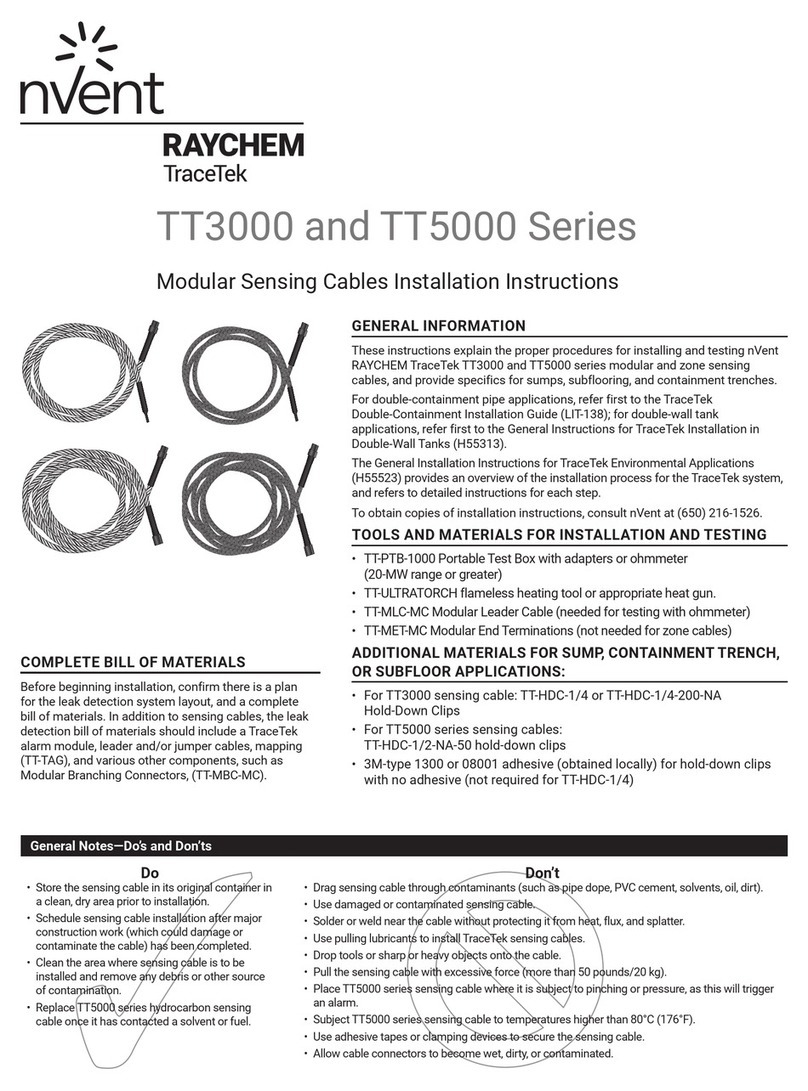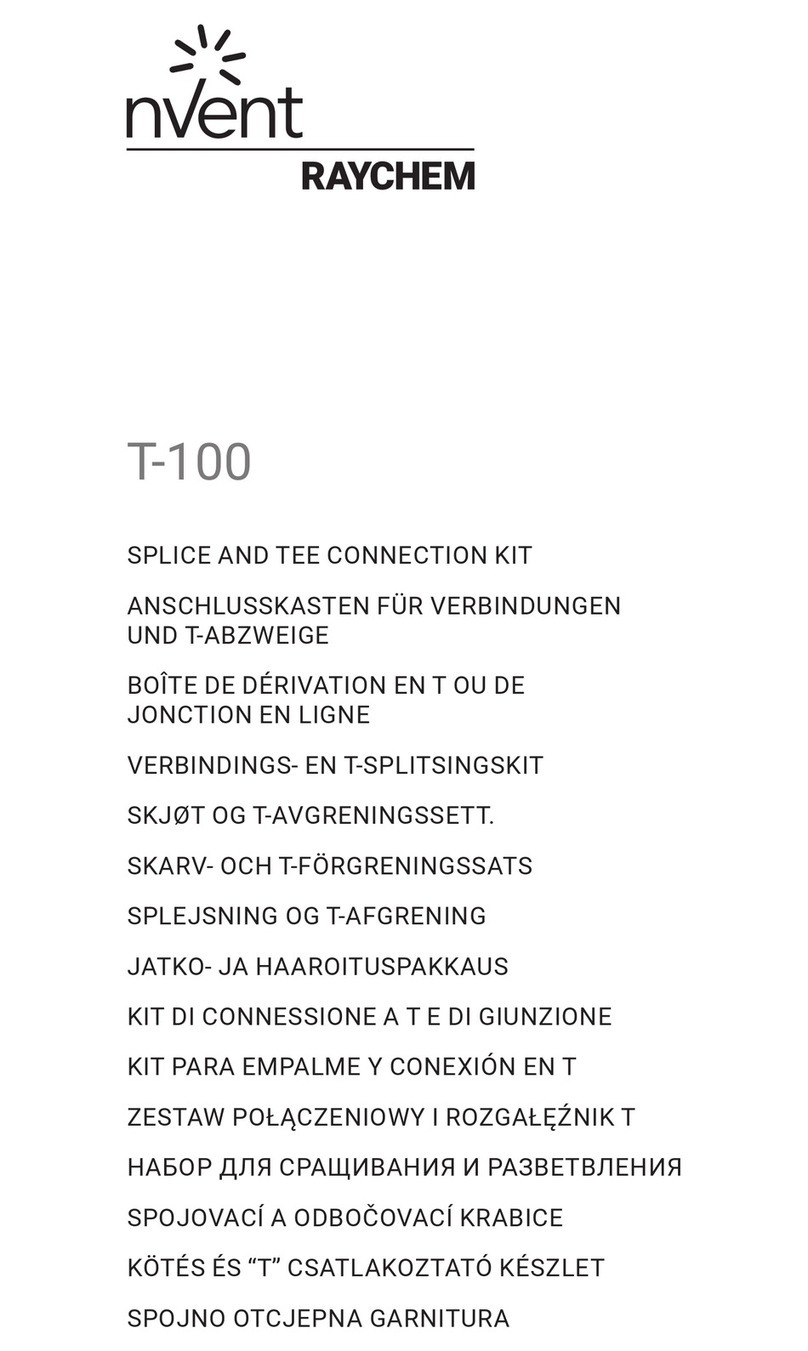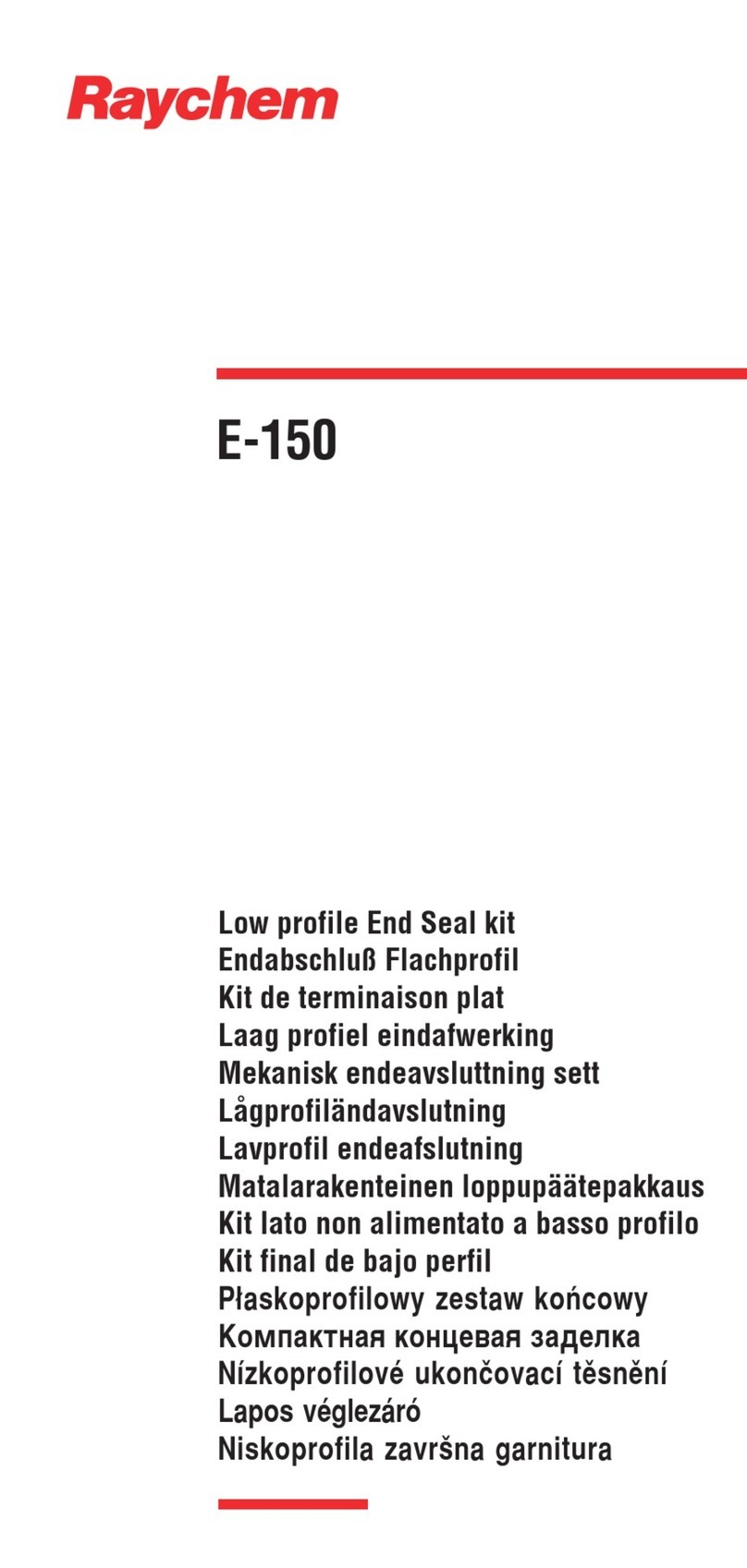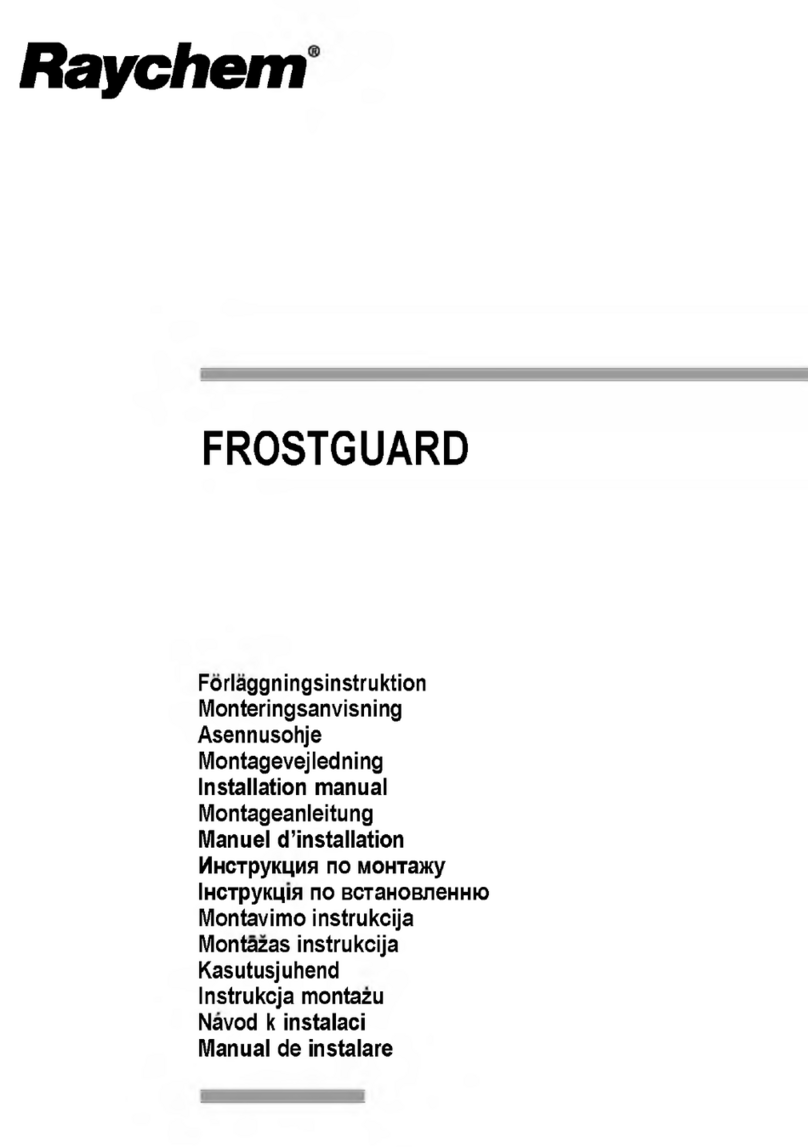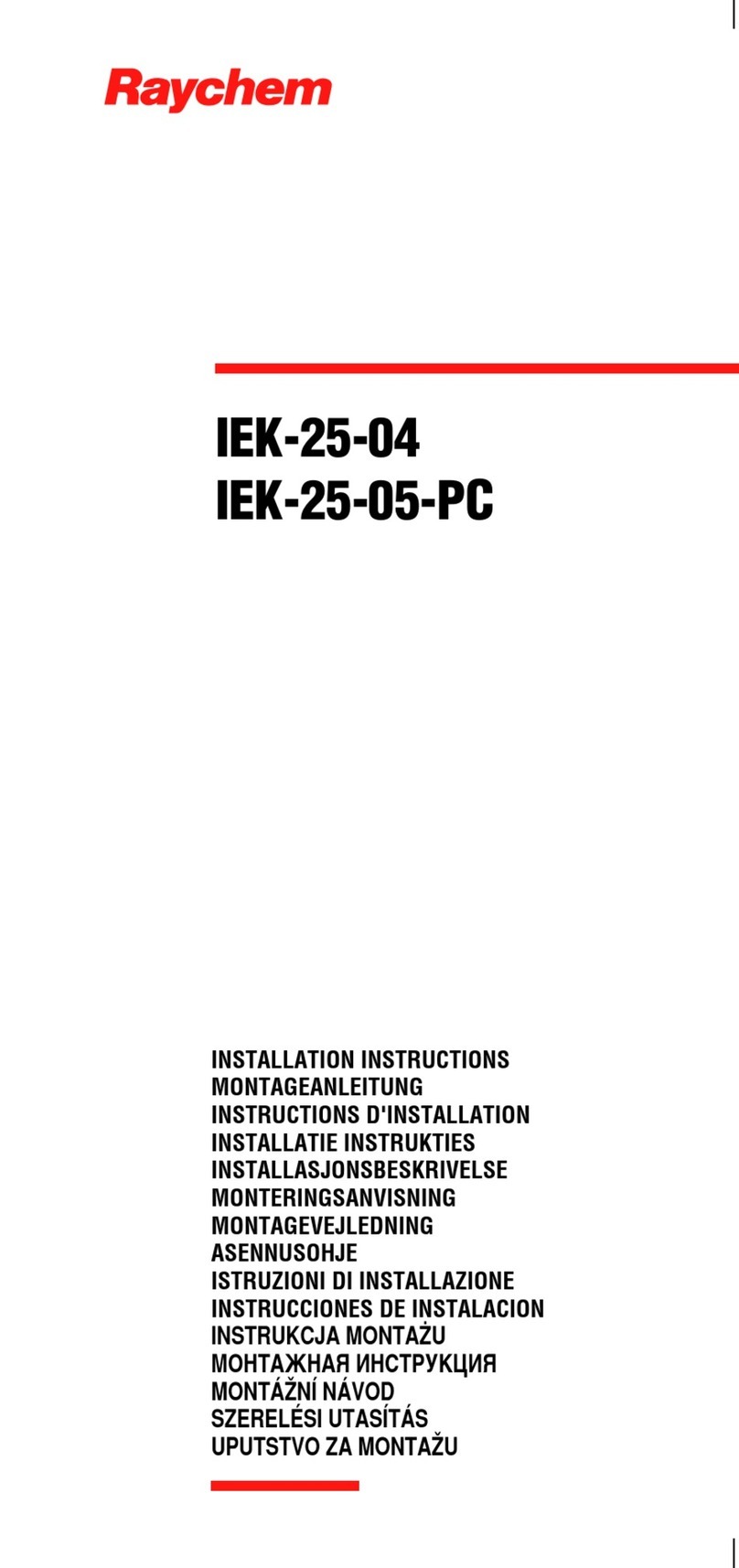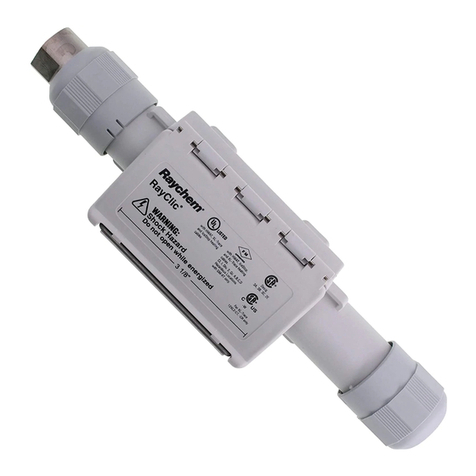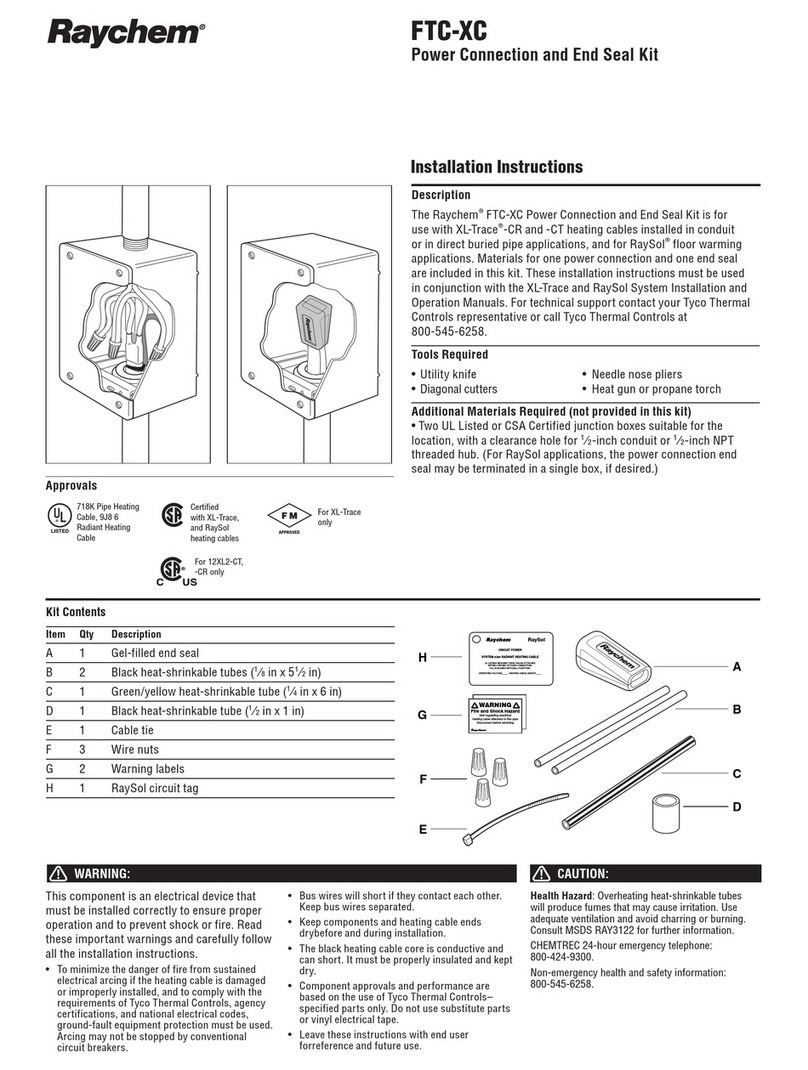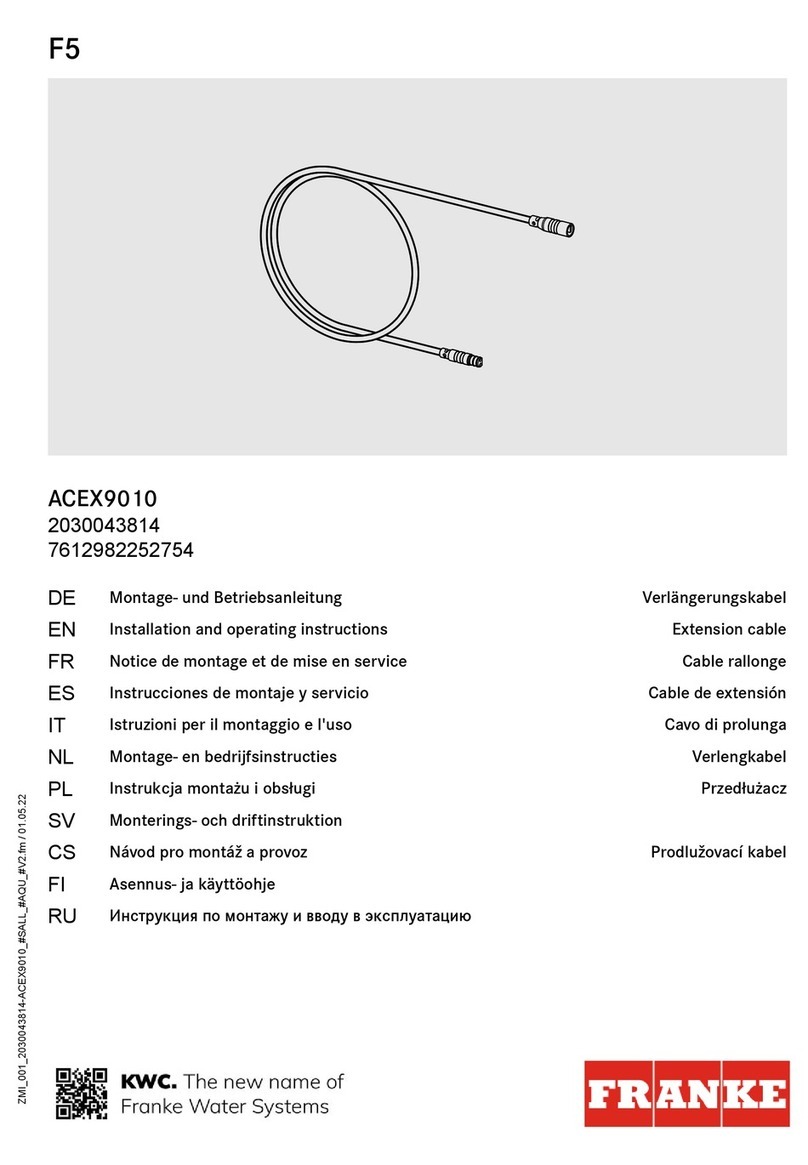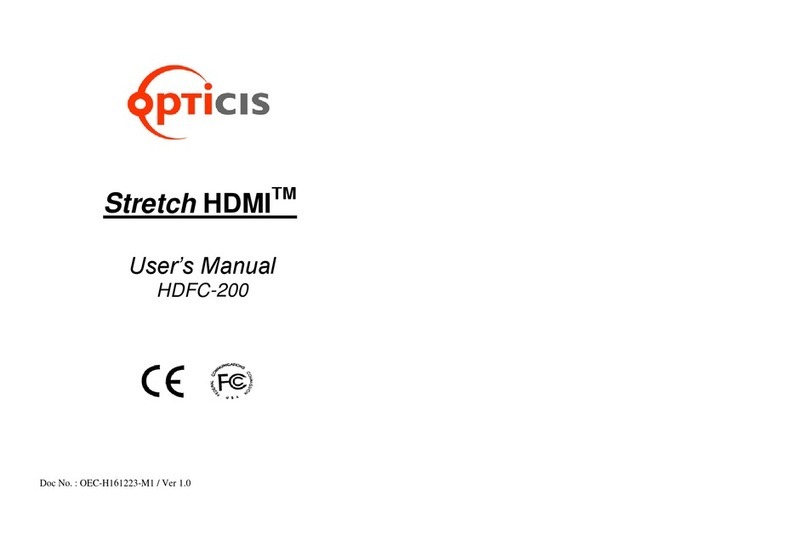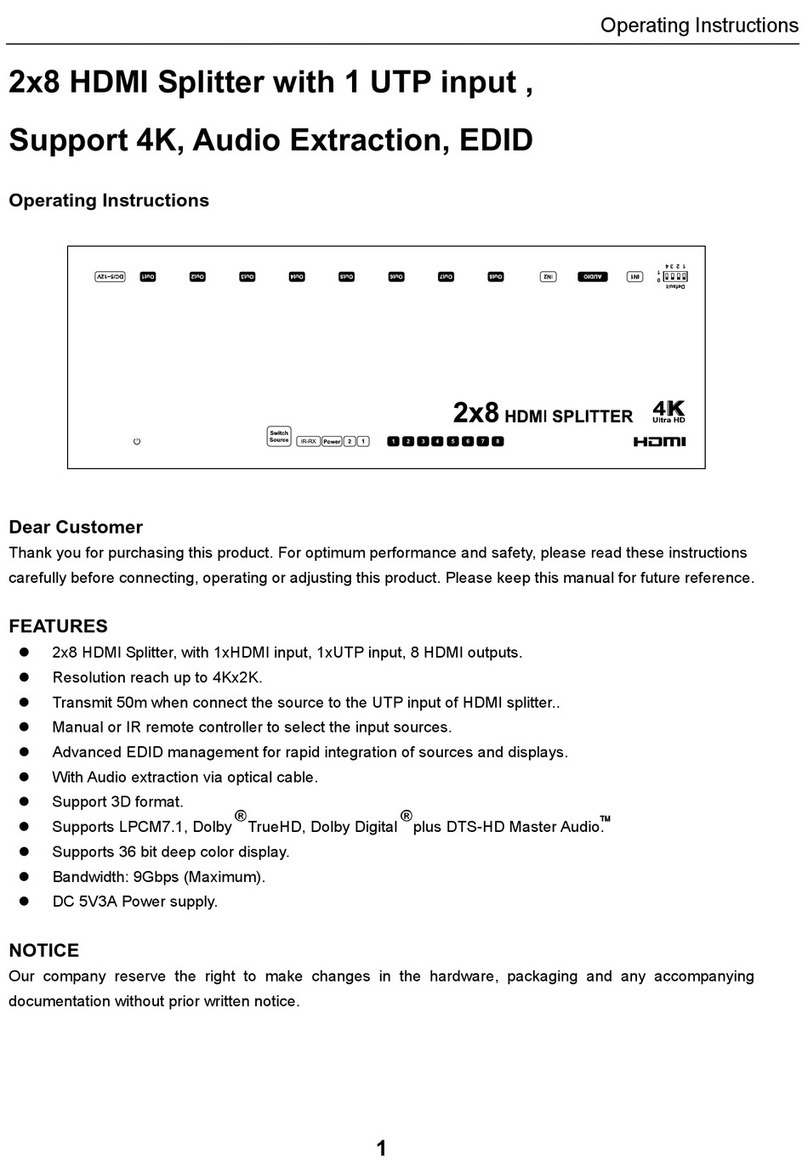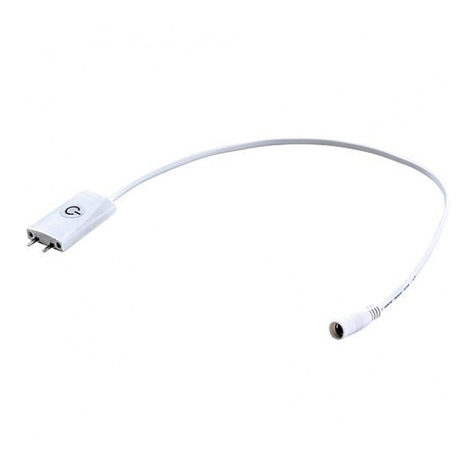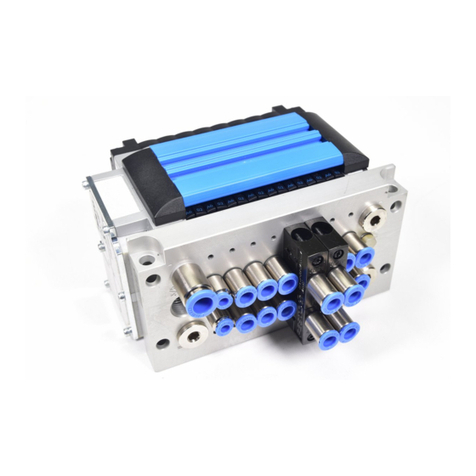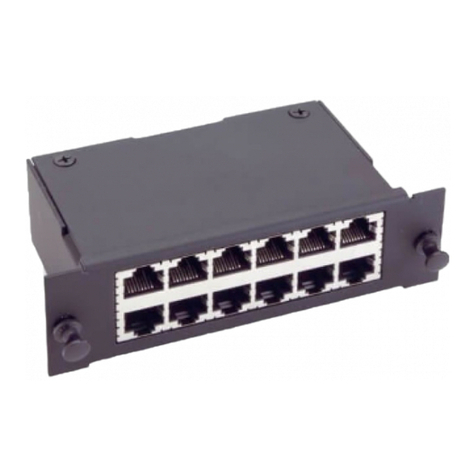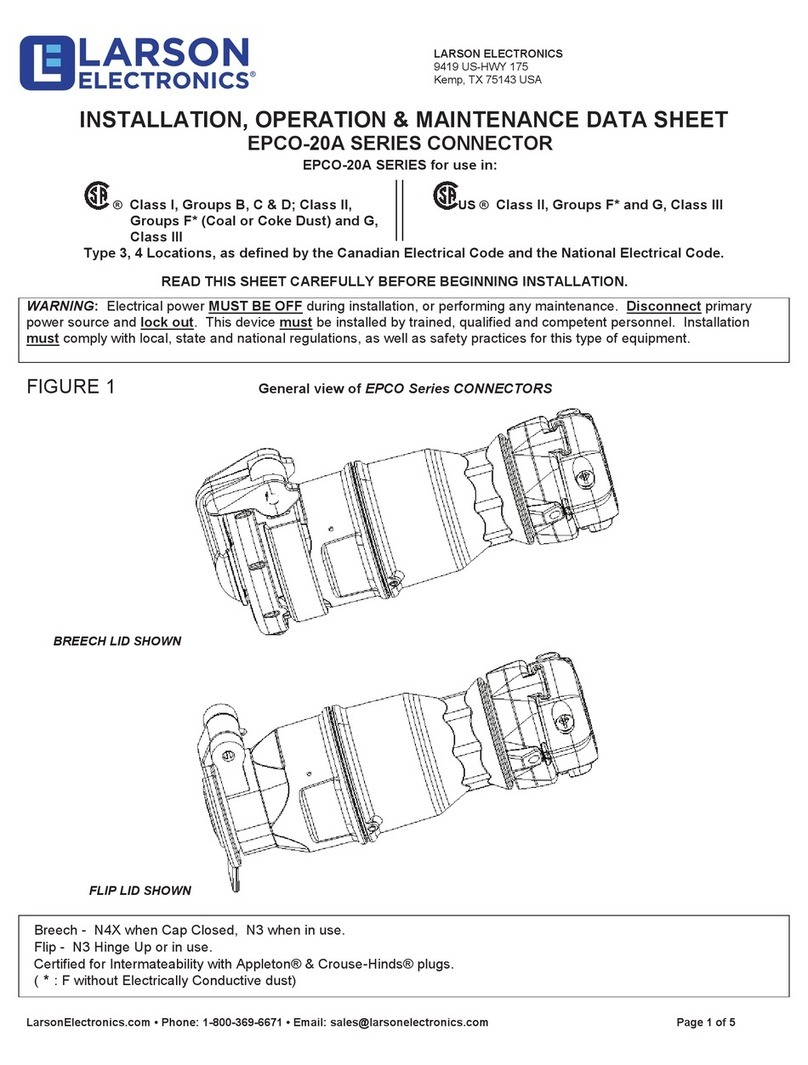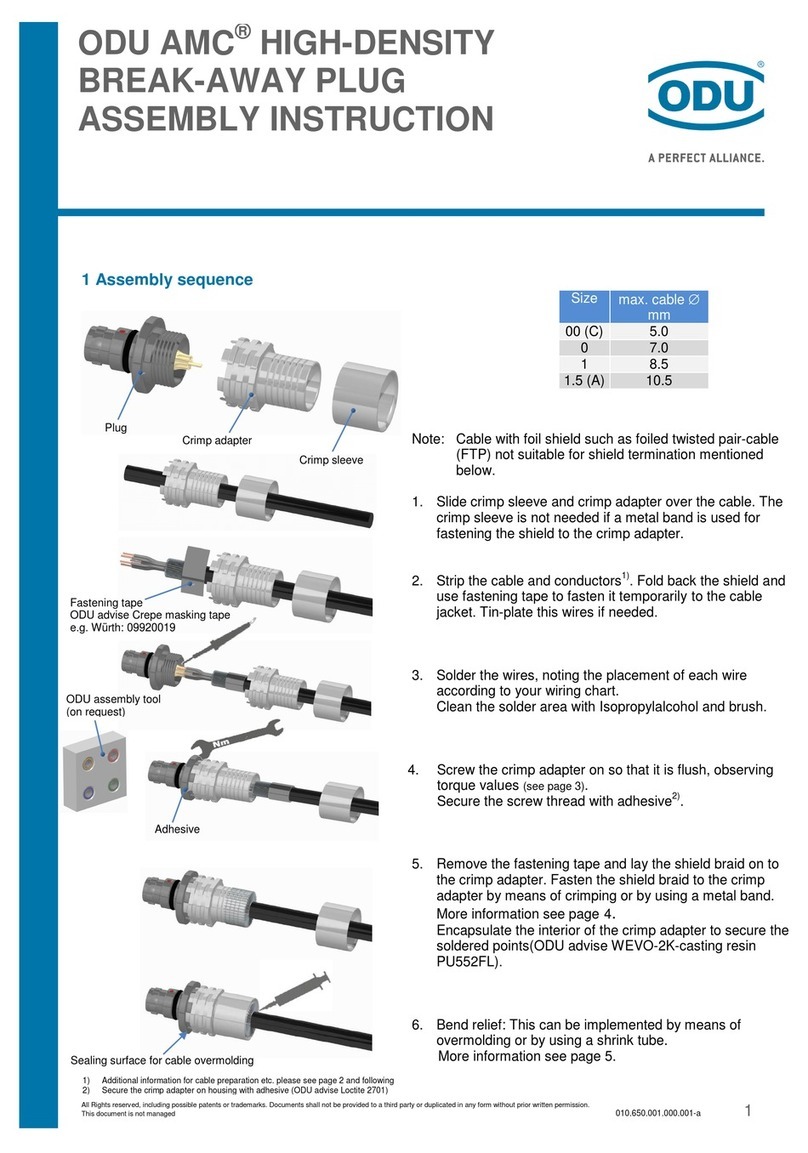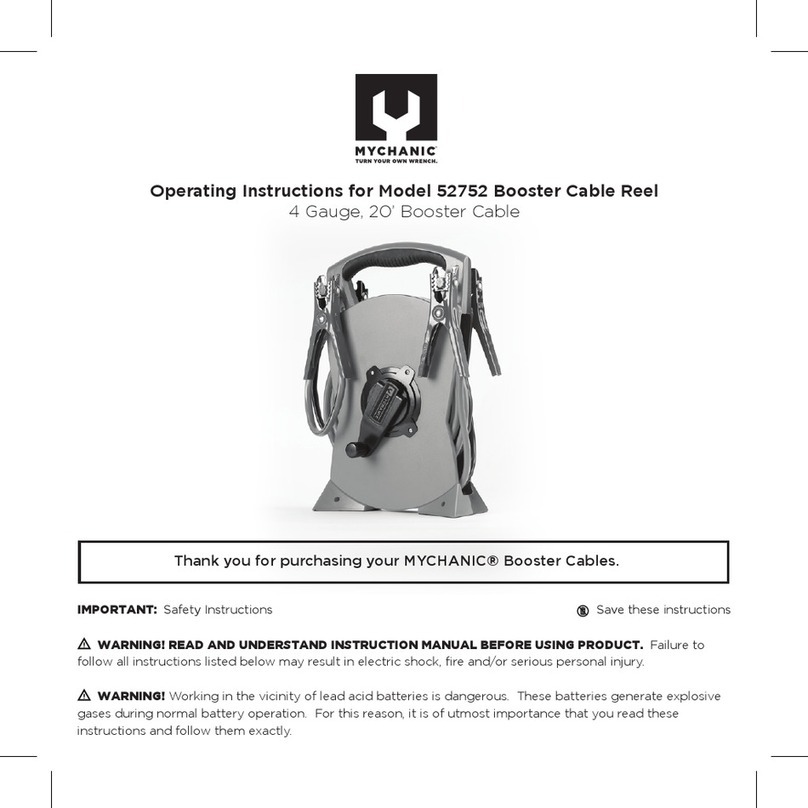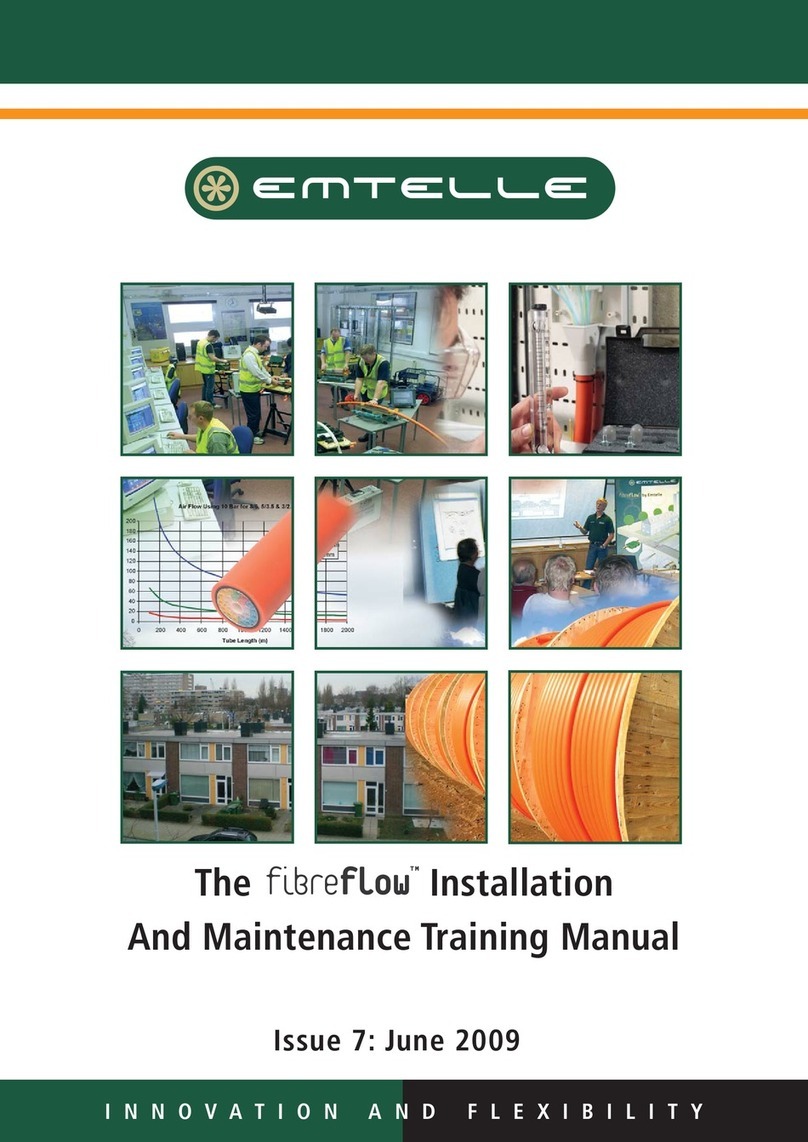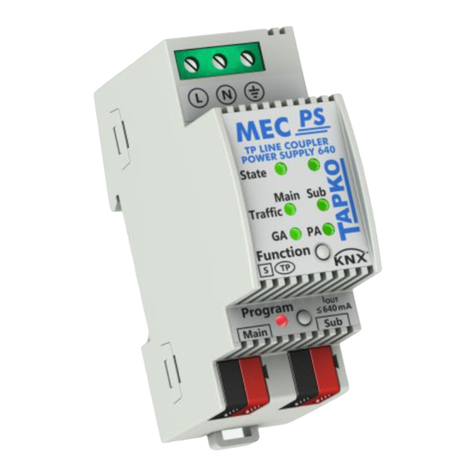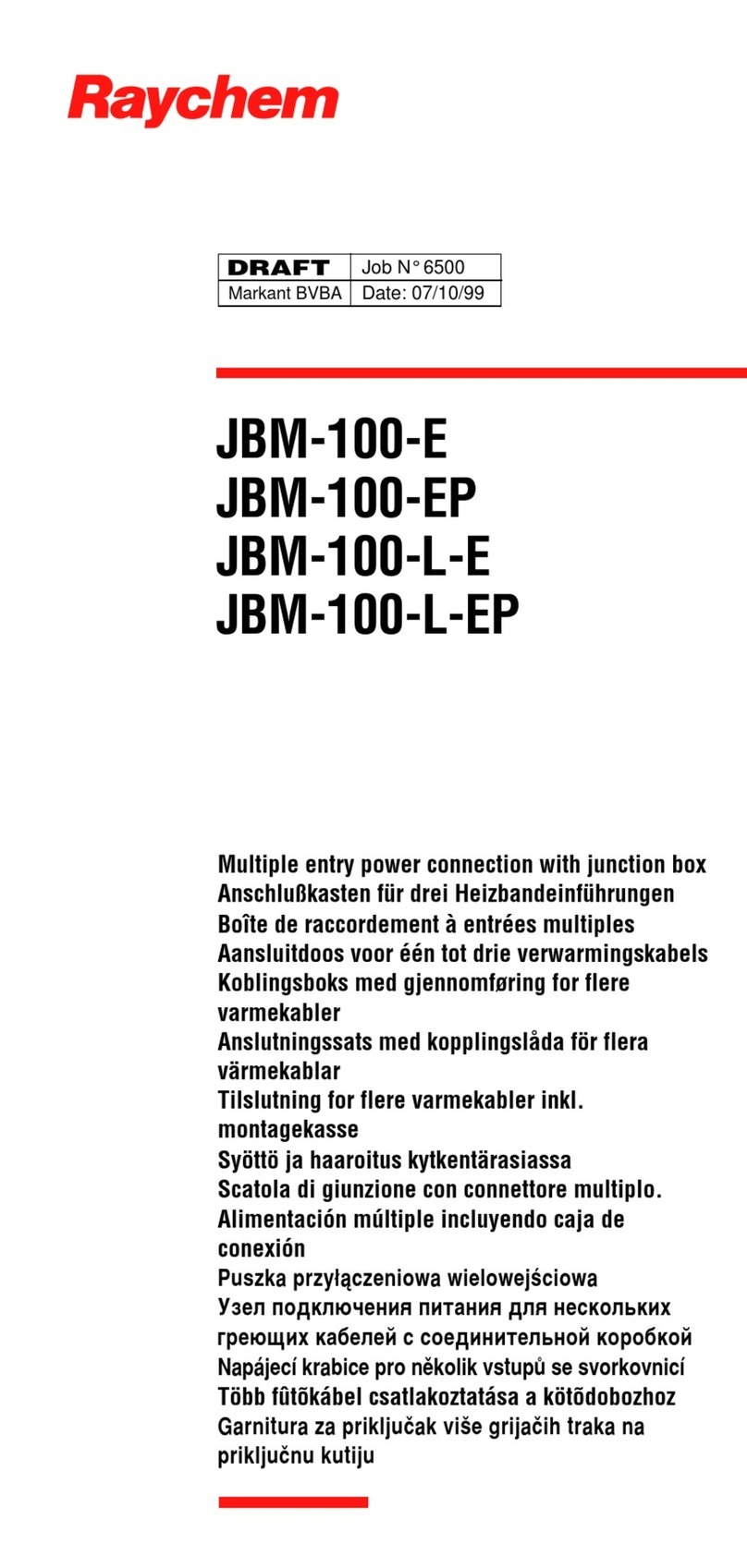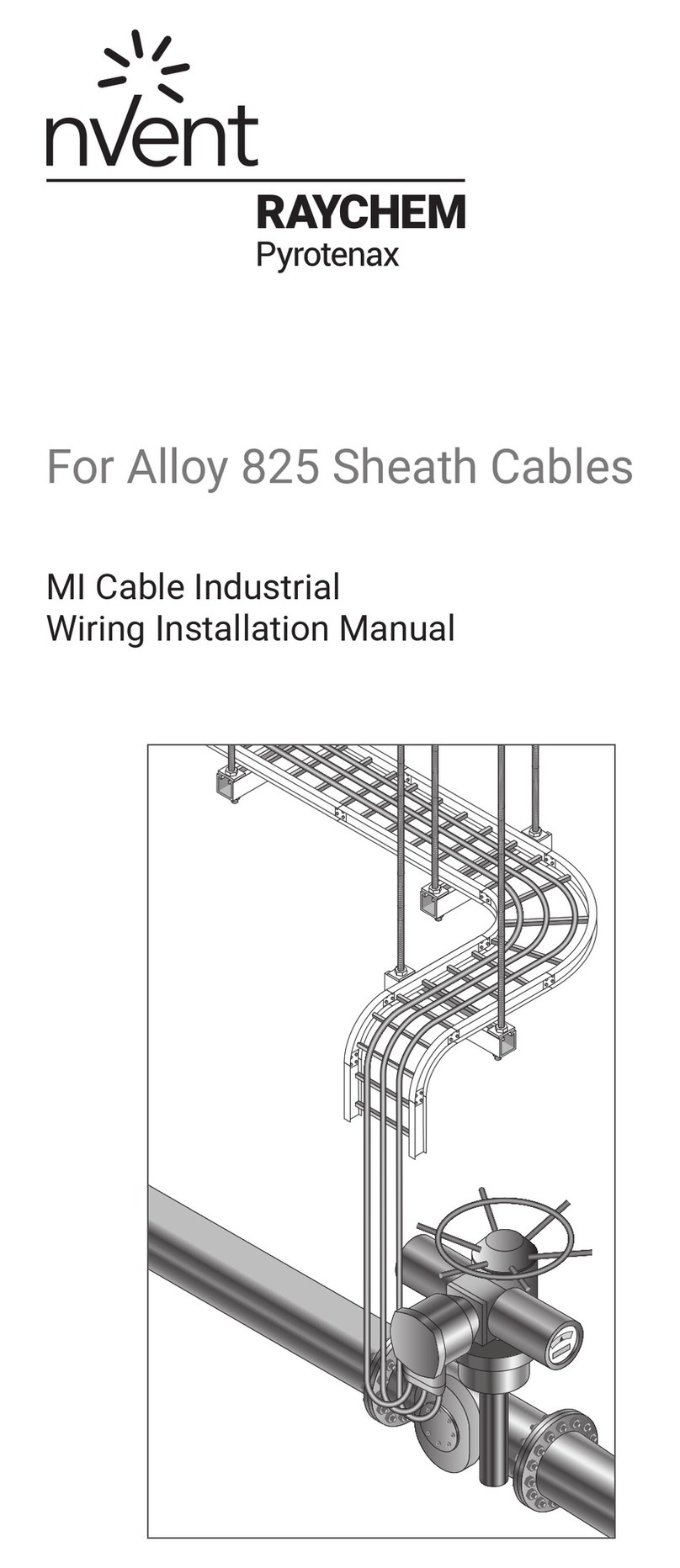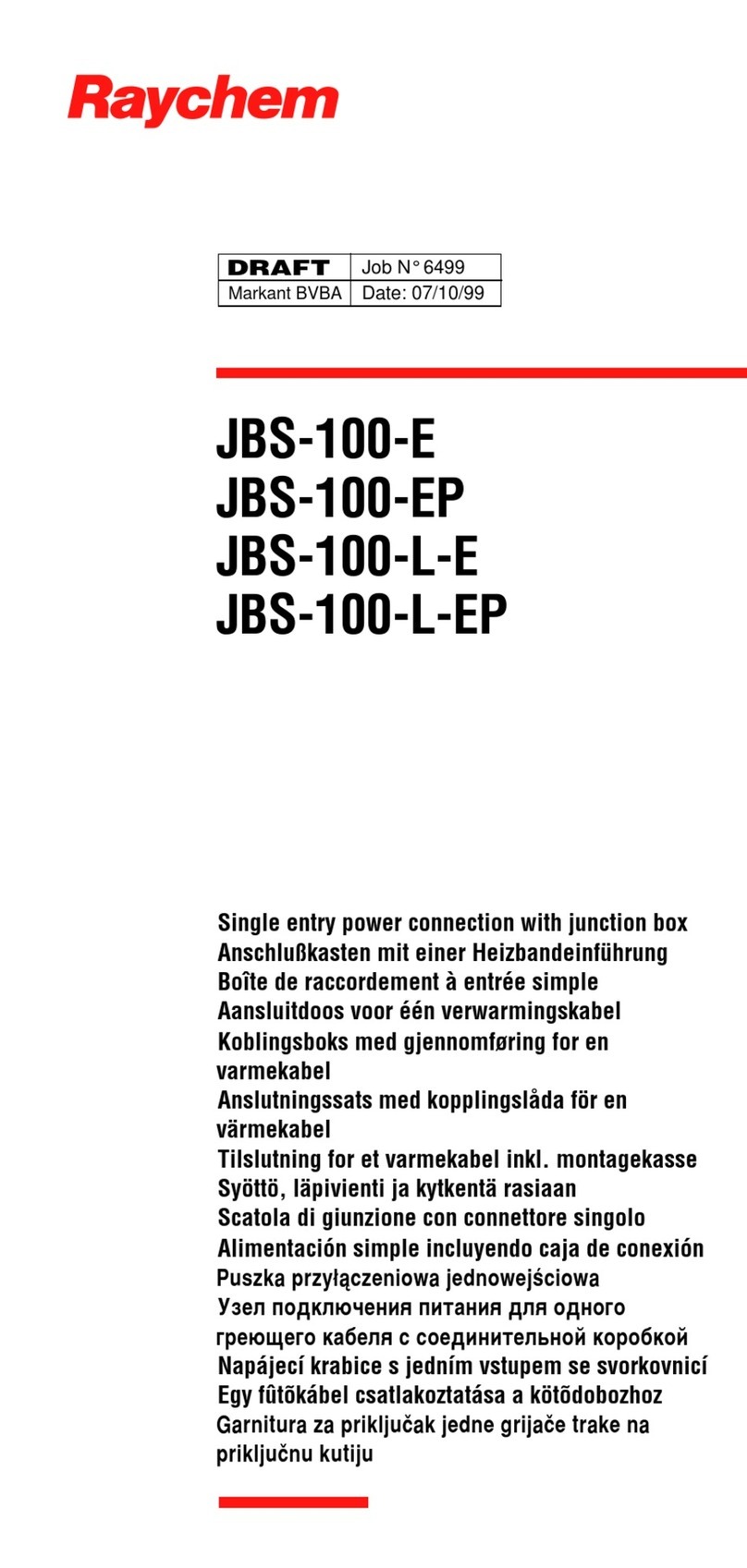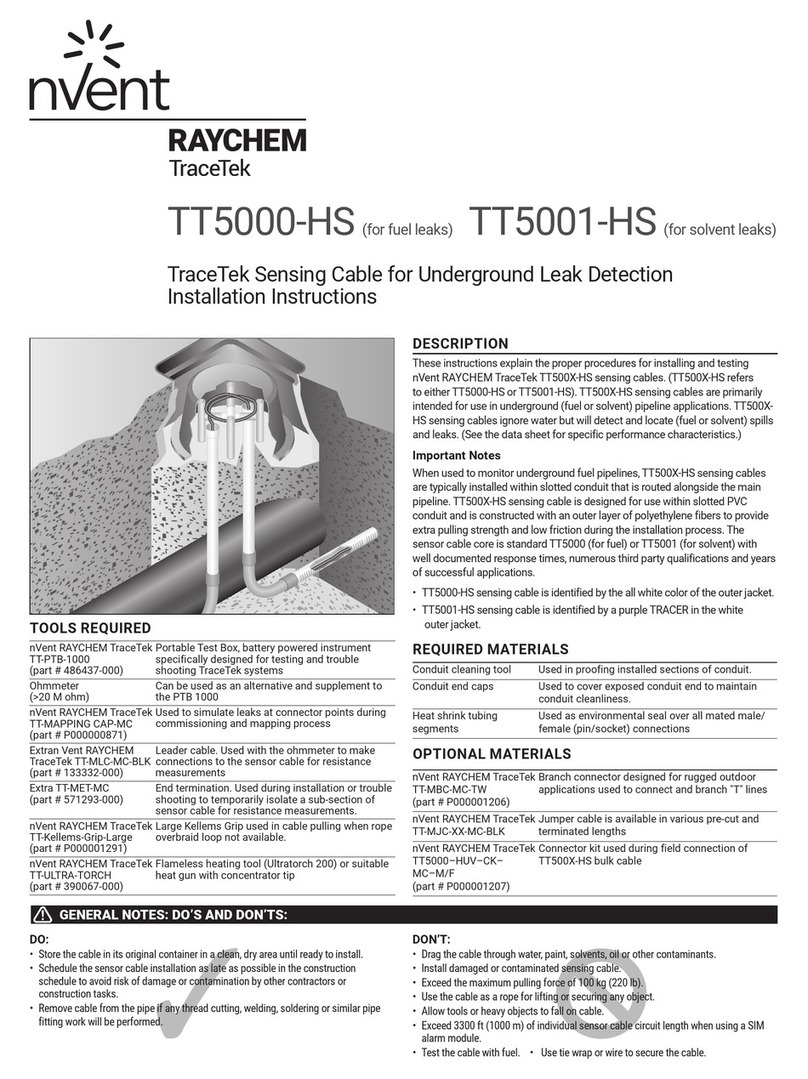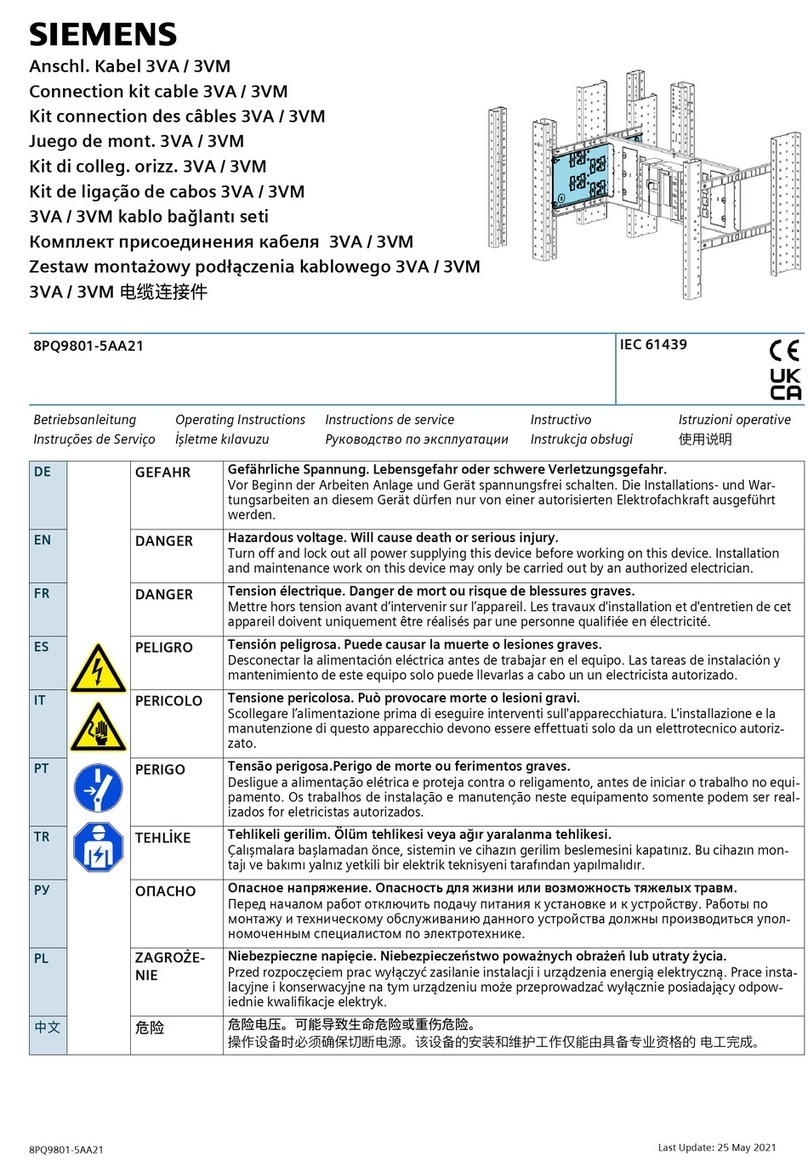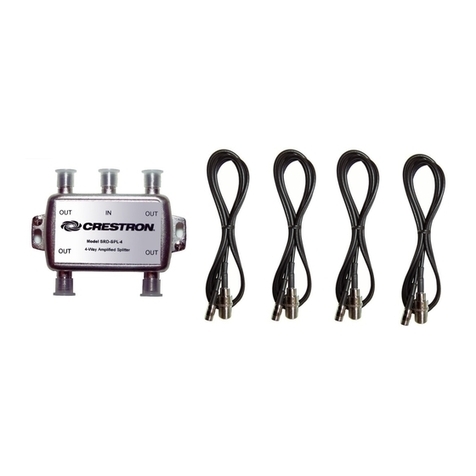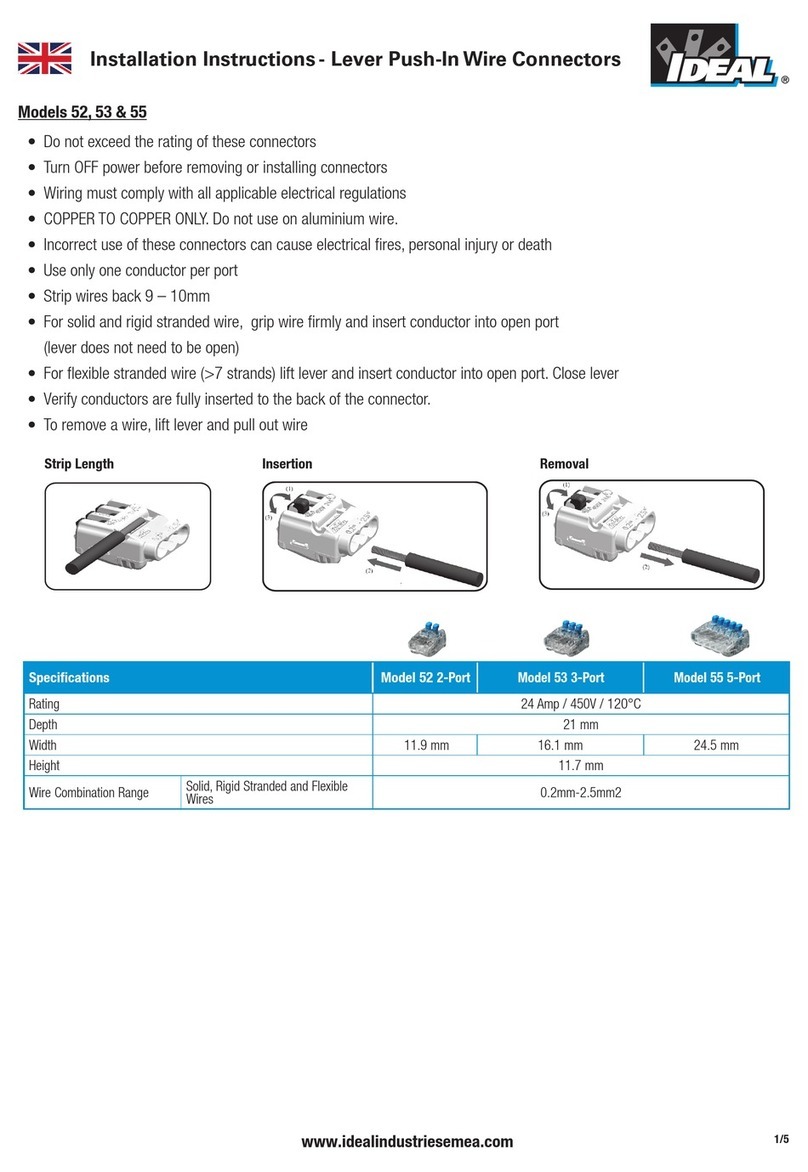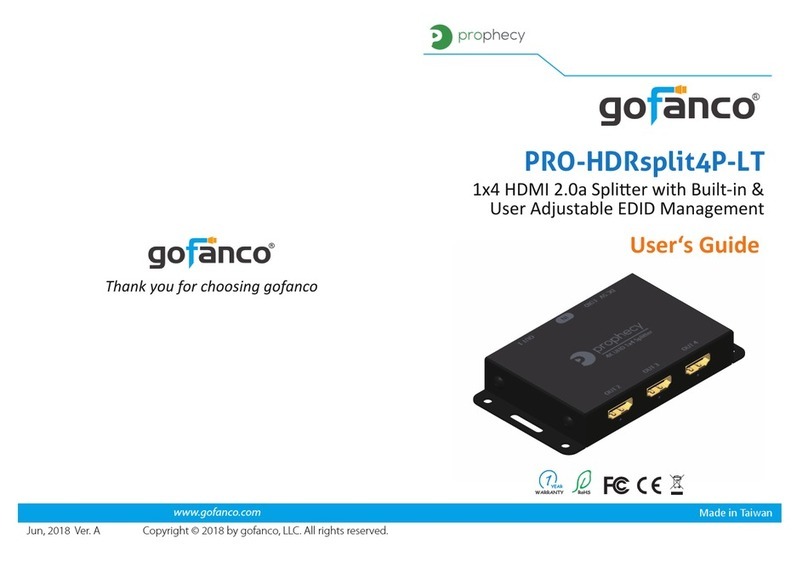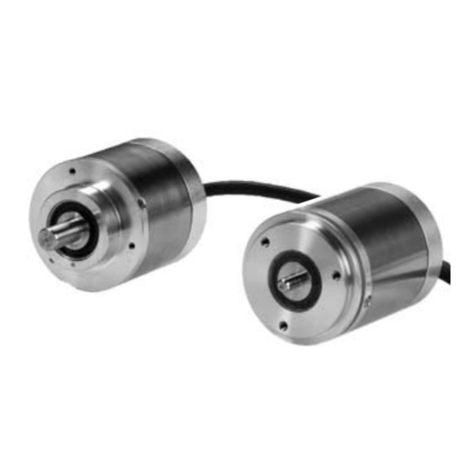• For roofs without gutters, route the
heating cable as shown in Figure 7.
• Extend the top of each heating cable loop
beyond where the wall joins the roof.
• Trace two-thirds of the way up each valley
with a double run of heating cable as
shown in Figure 8.
• Use H913/H914 roof clips to route heating
cable into and out of the gutter in such a
way as to prevent abrasion to the cable.
Protect all cable that protrudes past the
lower opening of the downspout.
• One H913 kit contains ten roof clips for
approximately 7 linear feet of roof edge.
One H914 kit contains 50 roof clips for
approximately 35 linear feet of roof edge.
• Roof clips may be attached to a shake or
shingle roof with nails or screws as shown
in Figure 9. Roof clips may be attached to
a metal roof using screw, nail or adhesive
as shown in Figure 10. (See H56723
installation instruction for more details.)
Reseal the nail or screw holes if necessary
before installing heating cable in the clips.
• A barrier (snow fence) can be placed on the
roof above the heating cable. This prevents
damage to the cable and keeps the
installation from coming loose due to ice
slides. The heating cable can be attached to
the barrier with UV-resistant cable ties,
instead of using roof clips, if desired. Do not
use wire or other materials because they
may damage the heating cable.
In gutters and downspouts
• Run heating cable along gutters and into
downspouts, ending below the freezing level.
Permanent attachment of the cable to the
gutter bottom is not necessary. Loop the
heating cable in downspouts. Do not leave
the end of the Gardian in air at the end of
the downspout as shown in Figure 11.
• Use H915 Hanger Brackets at the
gutter/downspout transition to protect the
heating cable from fraying and from
damage from sharp edges and to provide
strain relief as shown in Figure 12. Refer
to the H915 kit instructions for installation
details.
• Route and secure cable to avoid possible
mechanical damage, such as from ladders,
etc.
3. Mark the installation.
Two labels indicating the presence of
electric de-icing and snow-melting
equipment on the premises are included
with the heating cable. One label must be
posted at the electrical outlet cover. The
other label must be posted at the fuse or
circuit breaker panel. The labels must be
clearly visible.
4.Check the installation.
• Prior to plugging in, check to be sure the
heating cable is free of mechanical damage
(cuts, clamps, etc.).
• Using a megohmmeter, test each circuit
according to the instructions in the
“Heating cable testing and maintenance”
section on next page.
5.Starting the system.
• Tyco Thermal Controls recommends that
the system be tested per the “Cable
testing and maintenance” section below.
• Plug the heating cable into a 120 V
ground-fault protected outlet.
• Check the circuit breaker to verify power
to the cable.
7









